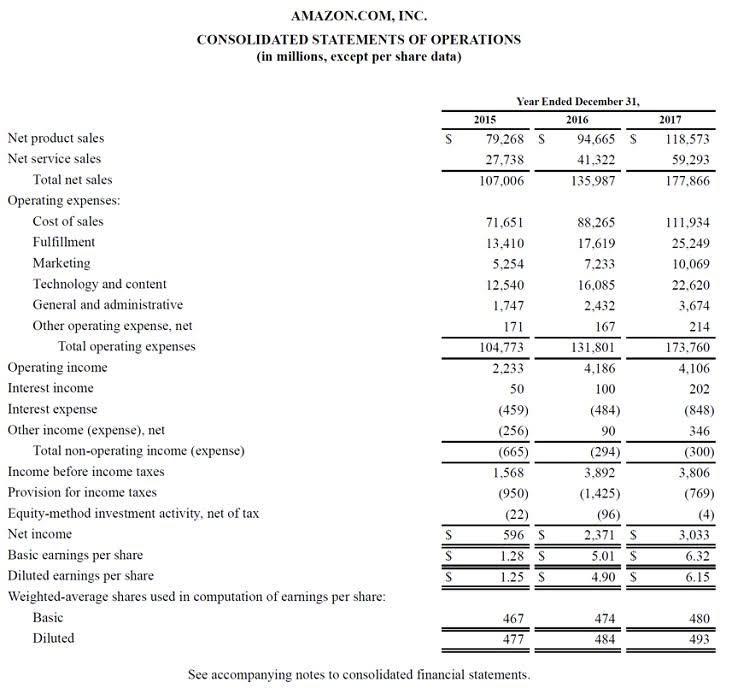Owner’s Draw vs Salary How to Pay Yourself in 2024
Bookkeeping
Owner’s Draw vs Salary How to Pay Yourself in 2024
You may not pay yourself in the beginning, but ideally, your compensation should be part of your business plan. Your financial projections should include the amount of your salary or owner’s draw to help you understand what your business needs to grow. Let’s say your business generates $100,000 in revenue and has $60,000 in https://www.bookstime.com/ business expenses, resulting in a net profit of $40,000. The key difference between an owner’s draw and a salary boils down to how the money is treated by the business and how it affects your taxes. To record it, debit the Owner’s Draw account while crediting the Cash or Bank account from which you took the owner’s draw.
What is an owner’s draw?

An owner’s draw is a one-time withdrawal of any amount from your business funds. However, owners can’t simply draw as much as they want; they can only draw as much as their owner’s equity allows. As a sole proprietor, you’ll pay a 15.3% self-employment tax for Medicare and Social Security, plus income tax based on your tax bracket. The latter is determined by your total taxable income for the year, which you can estimate using IRS Form 1040-ES. Here’s a quick look at how you handle paying yourself as an owner in each type of business entity.
S Corporation
- You can draw up to $250,000, which is your portion of the business’s value.
- All the money that comes into the business is your income, and anything owned by the business is your property.
- A salaried worker receives a fixed payment on a pay schedule decided by the company, regardless of the hours they work.
- A salary is a set, recurring payment that you’ll receive every pay period that includes payroll tax withholdings.
- Make sure your share of the profit leaves enough in your business account to cover bills, income taxes, investments, and other operating expenses.
- A Schedule C business owner is not allowed to pay themselves wages or salaries—the only way they can permanently withdraw money from a business is by making an owner’s draw.
- Knowing exactly what’s involved will help make sure you have secure financial footing both now and down the road.
The biggest difference between paying yourself via a draw method versus a salary method is in how they’re taxed. Most states that collect income tax recognize S Corp status and tax you and your business along the same lines as the IRS – but not owners draw vs salary all. Whether you choose to draw your money or assign yourself a salary, there are a few guidelines you should follow when paying yourself from your own bank account. Instead, shareholders can take both a salary and a dividend distribution.

What is an Owner’s Draw?
The truth is the best way to pay yourself as a business owner varies based on your business structure and financial goals. Generally, it involves balancing between salary and dividends (or draws for sole proprietors), considering personal income needs, business sustainability, and tax efficiency. We recommend consulting with a financial advisor for personalized planning. The actual draw—the physical act of taking money out of your business account and transferring it to your personal checking—doesn’t impact either your personal or business taxes. This draw isn’t a business expense; it’s a distribution of owner’s equity.
What is Owner’s Draw?
Basically, an owner’s draw is just a way of moving money around, not a different form of income. As a sole proprietor, for tax purposes, business revenue and assets aren’t distinguished from your personal income and assets (even if they’re legally separate because you’re an LLC). All the money that comes into the business is your income, and anything owned by the business is your property. Because of this setup, when you take money for yourself, it’s called an owner’s draw (or just “draw”). The partnership generates $60,000 profit in year one and reports $30,000 of the profit to Patty on Schedule K-1.
What are the Tax Implications of an Owner’s Draw?
How do you determine reasonable compensation?

Advantages & Disadvantages of an Owner’s Draw Compared to Salaries


